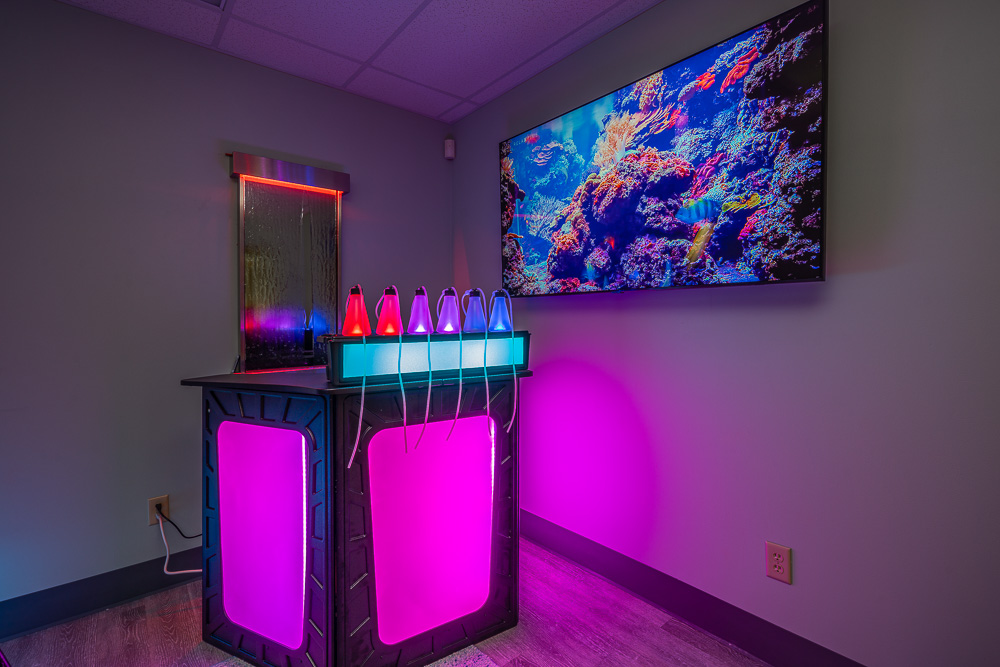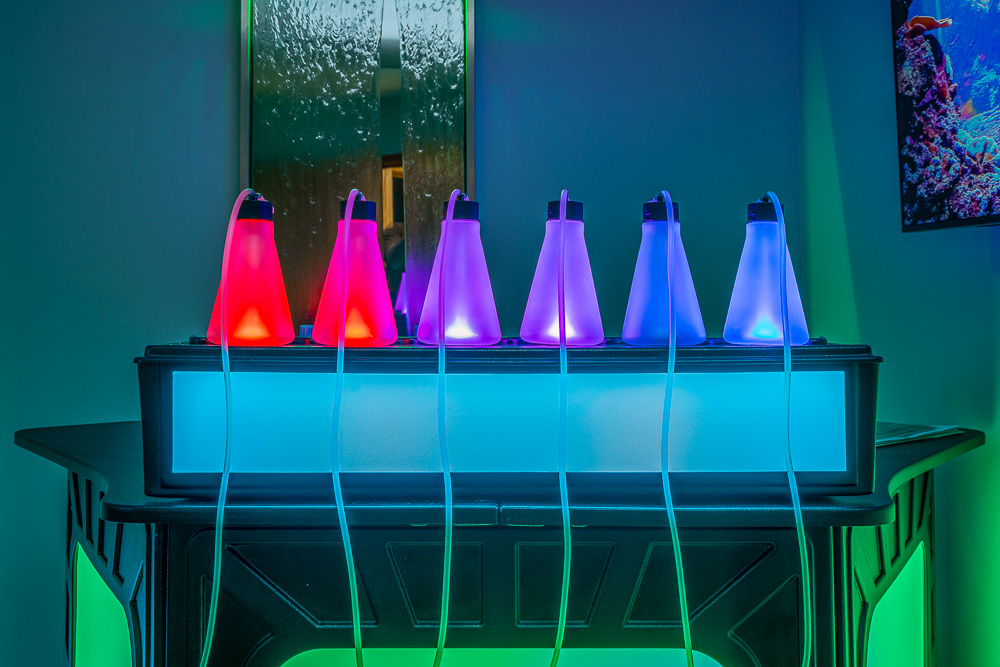
Oxygen Bars: How Does Oxygen Therapy Help?
November 12, 2020
How does oxygen therapy help? Well, it’s a great question with a multi-faceted answer. Even as oxygen bars are sweeping the nation, you may still be wondering what these places actually do. Let’s take a look.
What’s Up With Our Lungs?
Your lungs may be workhorses, but they’re totally dependent on oxygen. Every day that we spend hustling at work, throwing up barbells at the gym, or rushing the kids around town, it’s easy to take our air supply for granted. After all, it’s kind of just there for most people — invisible yet consistent. The average person takes 20,000 breaths a day and rarely if ever questions whether that next breath will be there or not. But when you do think about it, humans are surprisingly fragile creatures. And our lungs are even more fragile than we are. So how does oxygen therapy help? Well, that depends on what your body needs.
Those who have had asthma, COPD, or any other breathing problem are more aware of their need for oxygen than most of us. Each time someone reaches for an inhaler, they’re reminded of the need for oxygen. And for anyone wondering how to breathe better, the oxygen therapy benefits of treatment at an oxygen bar are worth looking into. Oxygen bars can be an excellent supplementary treatment for some folks. But oxygen therapy certainly isn’t dependent on medical necessity. So how does oxygen therapy benefit those with breathing problems, and can it be of use to someone who breathes fine already? Let’s dive in.

So How Does Oxygen Therapy Help?
Key Oxygen Therapy Benefits
- Increased energy levels
- Greater mental clarity
- Relaxation
- Better mood …and last but not least?
- Slow the decrease of vital lung capacity!
When It Comes to Our Lungs, What is Vital Capacity?
A person’s “vital capacity” is the amount of air they can breathe out of their lungs from their deepest possible inhale.
What Causes Decreased Oxygen Intake?
We mentioned asthma and COPD above, but can you guess what the most common cause of decreased oxygen over time? Age.
According to the American Lung Association, when your lungs mature (this happens between the ages of 20-25), they can hold around six liters of oxygen. That’s a lot of air! But around the time one reaches the age of 35, that lung capacity starts to decrease. Over the years, a person’s breathing may slow or become more labored as a result. Of course, living a healthy lifestyle goes a long way toward keeping your lungs healthy. The ALA recommends putting down the cigarettes, maintaining a healthy weight, exercising regularly, avoiding a generally sedentary lifestyle, receiving proper and relevant vaccinations along with accessing healthcare when you need it, and last but not least, breathing good clean air.
Here’s a recap of what The American Lung Association suggests for protecting the health of one’s lungs throughout the course of life:
- Don’t smoke
- Keep a healthy weight
- Develop an exercise routine
- Don’t spend too much of your time sitting down
- Get appropriate vaccinations
- Visit the doctor for check-ups/issues
- Breathe clean air

How Does Oxygen Therapy Help You Breathe Better?
Visiting a recreational oxygen bar is a fun thing to try. It can be extremely energizing and help folks tap into the moment. Much like leg compression recovery and many of the services we offer at Rejuvenate You, a visit to an oxygen bar can give athletes, businesspeople, and just-dang-busy people that extra boost or edge to make their day great.
It isn’t just about asking how to breathe better. It’s about discovering ways to live better.
If you have any questions about visiting an oxygen bar, please feel free to send us a message!